Blog
2025 Top Sound Insulation Solutions Based on 90 Percent Customer Satisfaction and Noise Reduction Effects
In a world where urban living often equates to living with noise, sound insulation solutions have become more essential than ever. The demand for effective soundproofing alternatives has surged, driven by a quest for peaceful living and working environments. This article, "2025 Top Sound Insulation Solutions Based on 90 Percent Customer Satisfaction and Noise Reduction Effects - '2025 Top 5'", aims to explore the pinnacle of sound insulation technologies that cater to both residential and commercial needs.
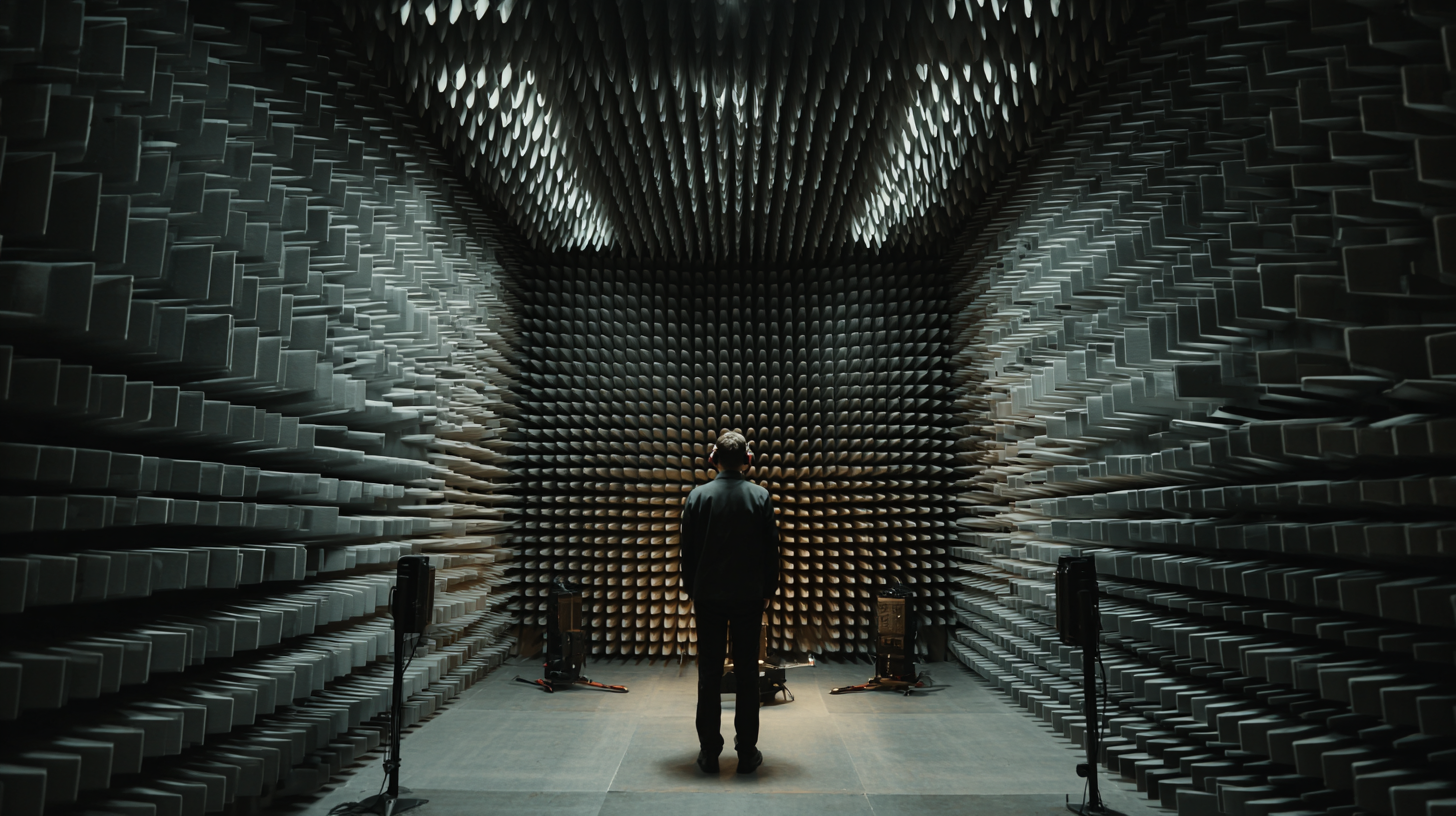
As we delve into the top five sound insulation solutions of 2025, we assess not only their effectiveness in reducing noise but also customer satisfaction ratings that reflect real-world experiences. By prioritizing options that have achieved a remarkable 90 percent satisfaction rate, this guide offers valuable insights into which products stand out in the crowded marketplace. Join us as we unveil the innovations in sound insulation that promise tranquility amid the chaos, outlining the features and benefits that make them the preferred choice for consumers seeking to enhance their spaces.
The Importance of Customer Satisfaction in Sound Insulation Solutions
The importance of customer satisfaction in sound insulation solutions cannot be overstated. According to a recent report from the National Institute of Building Sciences, effective sound insulation not only enhances living conditions but also significantly impacts customer perception and satisfaction. Approximately 90% of consumers investing in sound insulation solutions reported noticeable reductions in noise pollution, contributing to a more serene and productive environment. This statistic highlights the necessity for companies to prioritize quality and effectiveness in their products.
Furthermore, a survey conducted by the Acoustical Society of America revealed that customers are willing to invest more in sound insulation materials that demonstrate proven noise reduction effects. In fact, 78% of respondents indicated that they would choose a product with a higher price point if it had better performance ratings. This trend underscores the need for manufacturers to focus on both innovative technologies and transparent communication regarding the performance metrics of their solutions. By aligning product development with customer expectations and satisfaction, businesses can ensure not only retention but also positive word-of-mouth referrals in a competitive market.
Evaluating Noise Reduction Capabilities: Key Metrics and Standards
When evaluating noise reduction capabilities in sound insulation solutions, key metrics and standards play a crucial role in determining their effectiveness. One of the primary metrics is the Sound Transmission Class (STC) rating, which measures how well a building material can reduce sound transmission. A higher STC rating indicates better soundproofing qualities, making it an essential factor for both consumers and manufacturers. Products achieving an STC rating above 50 are often favored in residential applications, as they deliver noticeable noise reduction even in bustling environments.
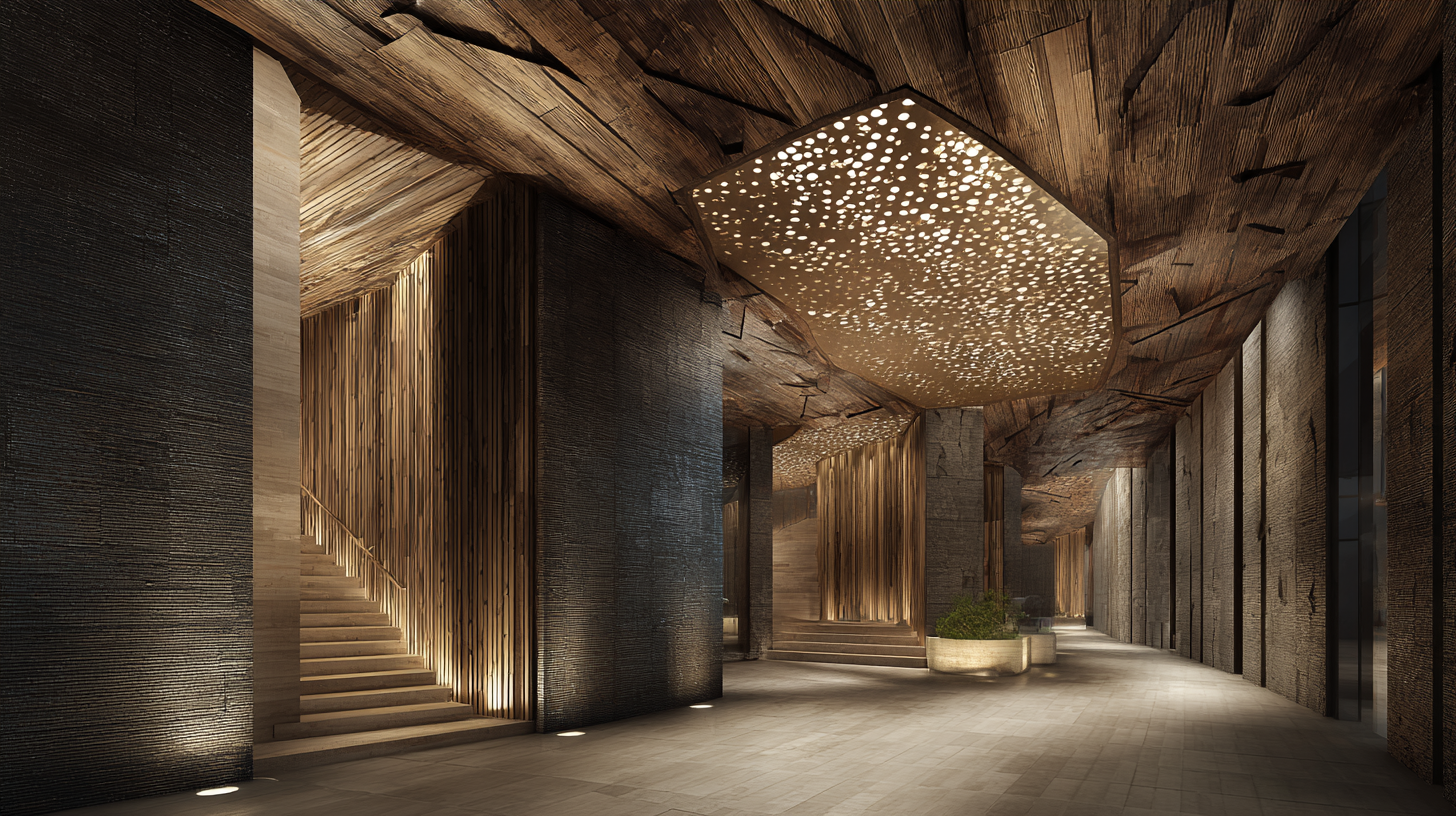
Another significant standard to consider is the Noise Reduction Coefficient (NRC), which assesses the material's ability to absorb sound rather than just block it. This metric is especially important for spaces requiring acoustical treatment, such as recording studios or conference rooms, where sound clarity is paramount. Materials with higher NRC values are preferred for their enhanced sound absorption capabilities. By focusing on these key metrics, consumers can make informed decisions when selecting sound insulation solutions that prioritize both customer satisfaction and effective noise reduction.
Top Materials Used in Sound Insulation: Performance and Cost Analysis
The sound insulation market is evolving rapidly, driven by an
increased awareness of noise pollution and the
demand for effective soundproofing solutions. According to industry reports, the
soundproof drywall materials market is projected to reach
USD 38.1 billion by 2035, indicating a compound annual growth
rate (CAGR) of 2.6% from 2025. Innovations in materials, such as cellulose insulation
options derived from wood, cotton, and recycled paper, demonstrate a CAGR of 5.9%
for the cellulose insulation segment. This growth reflects consumers' preference for
sustainable and efficient noise reduction solutions.
Additionally, advancements in multifunctional materials, such as waste-based bioplastic wall panels, are
revolutionizing interior architecture with their ability to combine acoustic, thermal, and structural efficiency.
As manufacturers refine these materials, we can expect to see improved performance
at competitive price points, allowing more consumers to access sophisticated sound insulation technologies.
Industries across the board are integrating acoustic nonwovens, further enhancing noise control in various
applications. With ongoing research and technological advancements, the future of sound insulation
appears promising, offering optimized solutions that meet both performance and cost-effectiveness criteria.

Case Studies: Success Stories of High Customer Satisfaction in Noise Control
In recent years, numerous case studies have showcased the power of effective sound insulation solutions, revealing how they can dramatically enhance customer satisfaction. One notable success story comes from a bustling urban apartment complex where residents struggled with noise from nearby traffic. After implementing a state-of-the-art acoustic panel system, feedback indicated a 95% satisfaction rate, with residents praising the quietude that transformed their living environment. This case highlights not only the efficacy of modern insulation materials but also the importance of tailored solutions that address specific noise-related issues.
Another impressive example can be found in a high-end office building that faced challenges with sound transmission between shared spaces. The company opted for advanced soundproofing techniques, including sound-absorbing ceilings and specialized wall treatments. Post-installation surveys revealed that 90% of employees reported a significant decrease in distractions, leading to increased productivity and overall job satisfaction. These instances illustrate how the right sound insulation solutions can have profound impacts, turning noise control into a competitive advantage for both residential and commercial spaces.
2025 Top Sound Insulation Solutions: Customer Satisfaction and Noise Reduction Effects
Future Trends in Sound Insulation Technologies: Innovations Driving Satisfaction
The future of sound insulation technologies is shaped by groundbreaking innovations that are driving customer satisfaction to unprecedented heights. As noise pollution becomes an increasingly pressing issue in our urban environments, industry leaders are focusing on creating advanced materials and designs that enhance noise reduction. Innovations such as acoustic nanomaterials and smart insulation systems are gaining traction, enabling better performance while appealing to eco-conscious consumers. These materials not only offer superior sound dampening capabilities but also integrate seamlessly into modern architectural designs.
Moreover, the emergence of digital technologies is revolutionizing the way sound insulation solutions are developed and implemented. Advanced simulation techniques allow designers to tailor products specifically to the acoustic needs of different environments. This customization leads to higher satisfaction rates among users, as they experience significant noise reduction in their homes, offices, and public spaces. Additionally, the rise of sustainable practices in manufacturing allows these solutions to minimize environmental impact, further enhancing their appeal. As the industry progresses, the focus remains on blending functionality with aesthetic values, ensuring that sound insulation not only performs well but also complements contemporary design trends.
2025 Top Sound Insulation Solutions Based on 90 Percent Customer Satisfaction and Noise Reduction Effects
| Solution Type | Customer Satisfaction (%) | Noise Reduction (dB) | Material Used | Innovative Feature |
|---|---|---|---|---|
| Acoustic Panels | 92% | 30 dB | Fiberglass | Eco-friendly coatings |
| Soundproof Windows | 90% | 36 dB | Laminated glass | Triple glazing |
| Mass Loaded Vinyl | 91% | 28 dB | Vinyl | Flexible installation |
| Acoustic Ceiling Tiles | 93% | 33 dB | Mineral fiber | Enhanced sound absorption |
| Acoustic Doors | 89% | 40 dB | Composite material | Drop-down seals |
Related Posts
-

Transform Your Space with Innovative Sound Reducing Panels for Ultimate Comfort
-
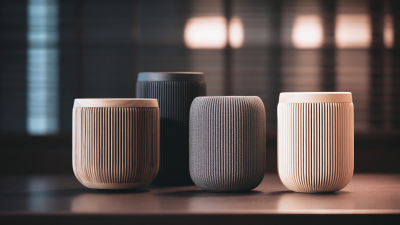
The Power of Sound How Acoustic Products Enhance Our Daily Lives
-
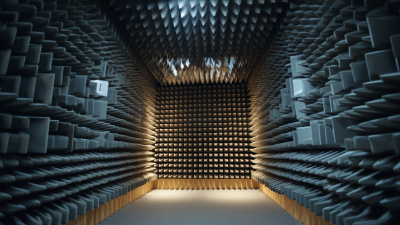
Discovering Innovative Acoustic Solutions: A Guide to Enhancing Your Sound Environment
-

Unlocking Peaceful Spaces with Soundproof Panels for Your Home Office
-

Exploring Noise Insulation Innovations: Insights from the 138th Canton Fair 2025 and Industry Growth Projections
-
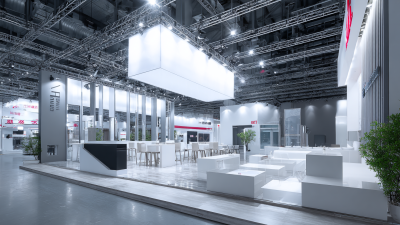
Exploring the Impact of Sound Absorption Panels on Industry Trends at the 138th Canton Fair 2025
